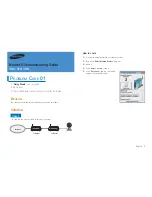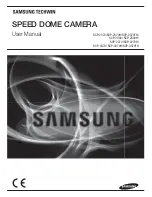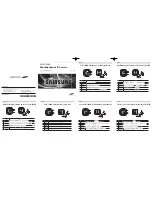
46
•
Linea HS Series Cameras
Linea HS Series Camera User's Manual
The wire gauge of the power cable should be sufficient to accommodate a surge during power-up of
at least 3 amps with a minimum voltage drop between the power supply and camera. The camera
can accept any voltage b12 and +24 Volts. If there is a voltage drop between the power
supply and camera, ensure that the power supply voltage is at least 12 Volts plus this voltage drop.
The camera input supply voltage can be read using CamExpert. Refer to the section on Voltage &
Temperature Measurement for more details.
External Input Electrical Characteristics
Table 14: External Input Electrical Characteristics
Switching Voltage
Input Level Standard
Low to high
High to low
Input Impedance
3.3 V TTL
2.1 V
1 V
10 K
Ω
External Input Timing Reference
Table 15: External Input Timing Reference
Input Level Standard
Max Input
Frequency
Min Pulse
Width
Input Current
Maximum Signal Propagation
Delay @ 60
o
C
3.3 V TTL
20 MHz
25 ns
<250 µA
0 to 3.3 V
<100 ns
3.3 V to 0
<100 ns
External Output Electrical Characteristics
Table 16: External Output Electrical Characteristics
Output Level Standard
V
OL
V
OH
3.3 V TTL
<0.4 V @ 10 mA*
>3.1 V @ 10 mA*
*See Linear Technology data sheet LTC2854
External Output Timing Reference
Table 17: External Output Timing Reference
Output Level Standard
Max Output
Frequency
Min Pulse
Width
Output Current
Maximum Signal Propagation
Delay @ 60
o
C
3.3 V TTL
Line rate
dependent
25 ns
<180 mA
0 to 3.3 V
<100 ns
3.3 V to 0
<100 ns
To reduce the chance of stress and vibration on the cables, we recommend that you
use cable clamps, placed close to the camera, when setting up your imaging
system. Stress or vibration of the heavy CLHS AOC cables may damage the
camera’s connectors.
















































